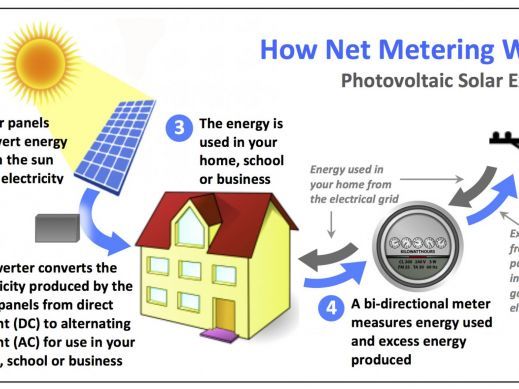
Microgrids are important for a number of reasons. First off, they aid with community-based initiatives such as resiliency, grid efficiency, and the management of increased deployment of Distributed Energy Resources (DER). Furthermore, they are applicable to larger scope projects like deferring transmission and distribution (T&D) upgrades and can provide non-wire alternatives for new generation resources. Microgrids have a wide area of potential application and value-add
Microgrids are not a new concept. Their use in the petroleum industry (where they are referred to as power management systems) is well documented. This sector has been the main source of Microgrid technological innovation in the past few decades. With the declining costs of solar PV and energy storage systems, public and private entities continue to innovate at a faster pace than ever in the face of climate change. We at Greentech Renewables have discussed microgrid regulatory policy in the past and will continue to be active in the space as the adoption of IEEE standards is recognized as the critical first step.
The purpose of this article is to highlight the role of simulation-based control systems and to show how they will drive innovation and increased adoption of Microgrids; specifically, those deploying DERs.
Researchers at the MIT Lincoln Laboratory have developed what they call a Hardware-In-the-Loop Laboratory Testbed and Open Platform (HILLTOP). HILLTOP is a collaborative effort that encourages users to test combinations of hardware and specific grid events against a software that is used to generate high fidelity real-time grid simulations. These experiments allow for the utility to completely evaluate new technologies to high technical standards in a cost-effective and timely manner.
It may be helpful to imagine this as a similar problem-solving approach taken by that of mapmakers and harbor pilots of the 19th & 20th centuries. Before you could bring a new ship into a new harbor it was critical to test all the variables. At first, measuring depth was good enough but as ships became larger and faster we eventually needed to build models. At a 1:25 scale, engineers could effectively test the effects of shallow waters, currents, bank effects, waves, and vessel interactions all with high accuracy and relatively low cost. HILLTOP represents a next generation utility distribution testing platform which is completely digital.
The North American electrical power grid is famously referred to as the largest and most complicated machine ever built by man. At a high-level view, this machine can be thought of as a single enormous circuit. It is currently designed around fossil fuel driven high inertia prime mover generators all with minimal controls in place. We are trying to shift to a system characterized by many distributed generators with dynamic digital grid interactive controls. Such a shift would increase the complexity of the grid by an order of magnitude or more. Statistically speaking, driving the degrees of freedom up into the thousands. In order to shift to a more sustainable form of power generation while maintaining high levels of reliability, certain controls must be put in place. Boston is an example of a city that has shown excellent vision for planning ahead. Having recently completed the Boston Community Energy Study the city is poised to be on the forefront of local energy generation, district energy, and microgrids. Project developers and vendors who wish to contribute to the platform’s repository of results are encouraged to download the source code and documentation required to run such tests on the PowerSystemsHIL github page.




Comments
Excited to see how Boston implements microgrids moving forward. Check out this video the Boston Planning & Development agency released on the "energy heartbeat" of the city.